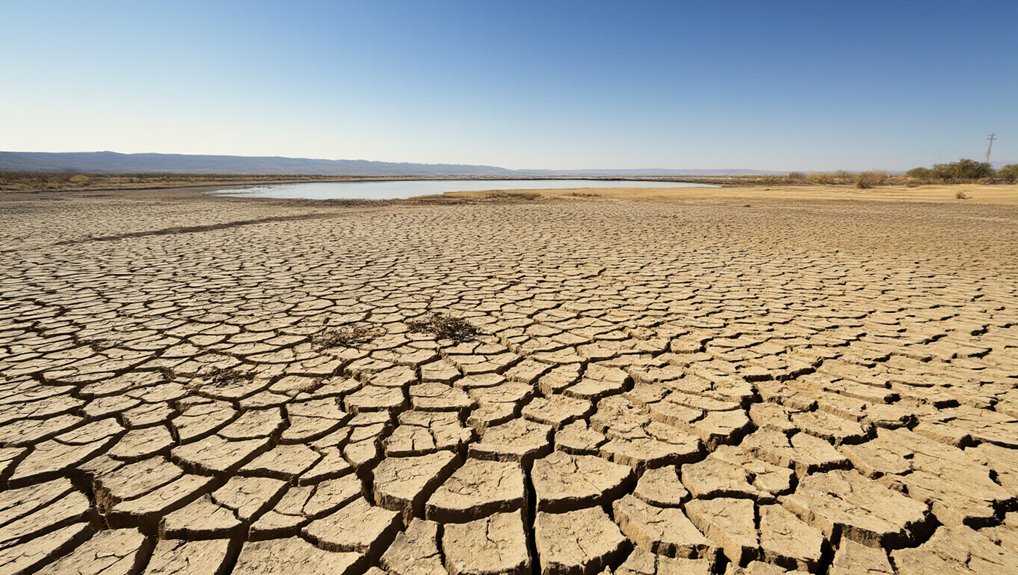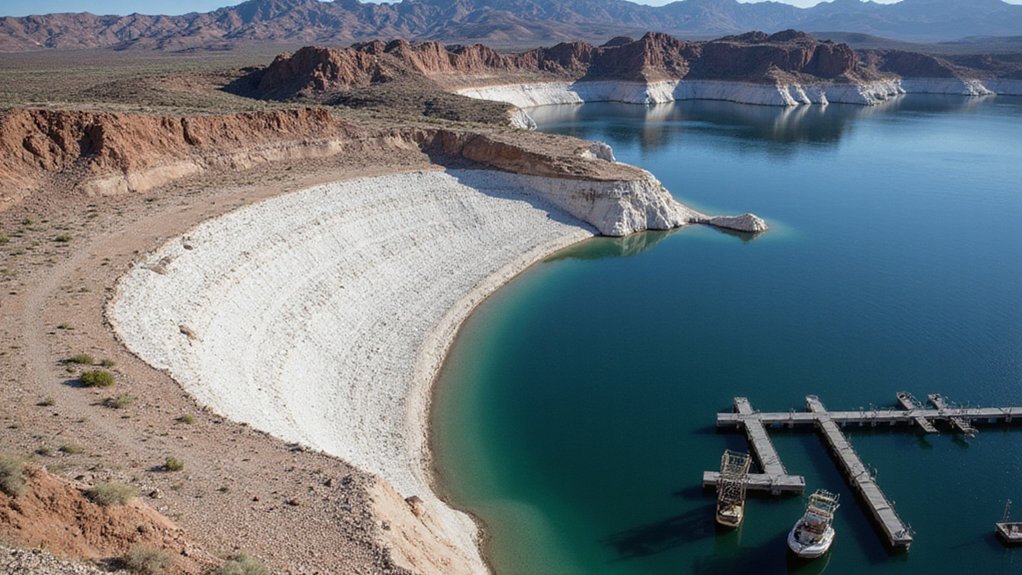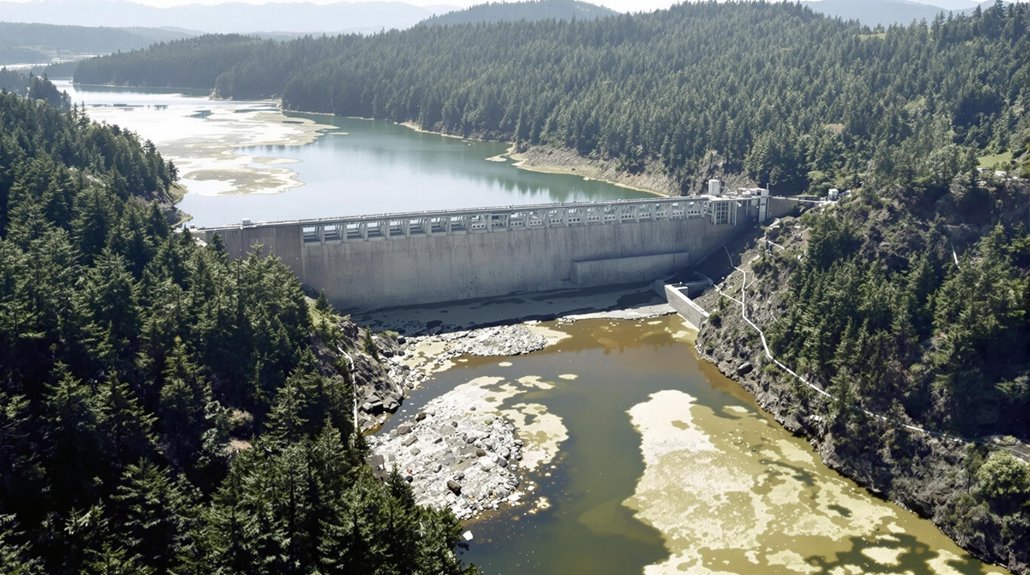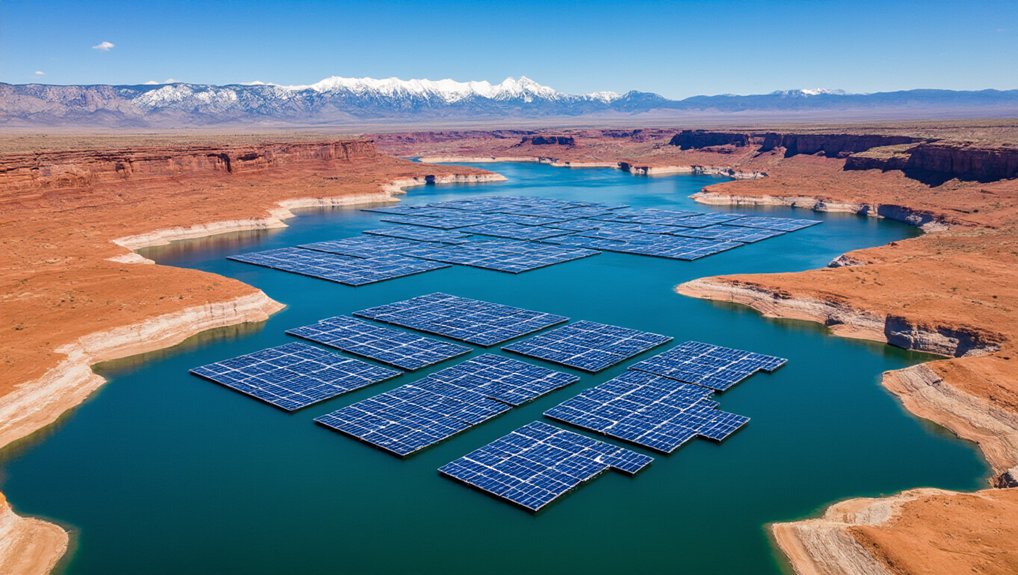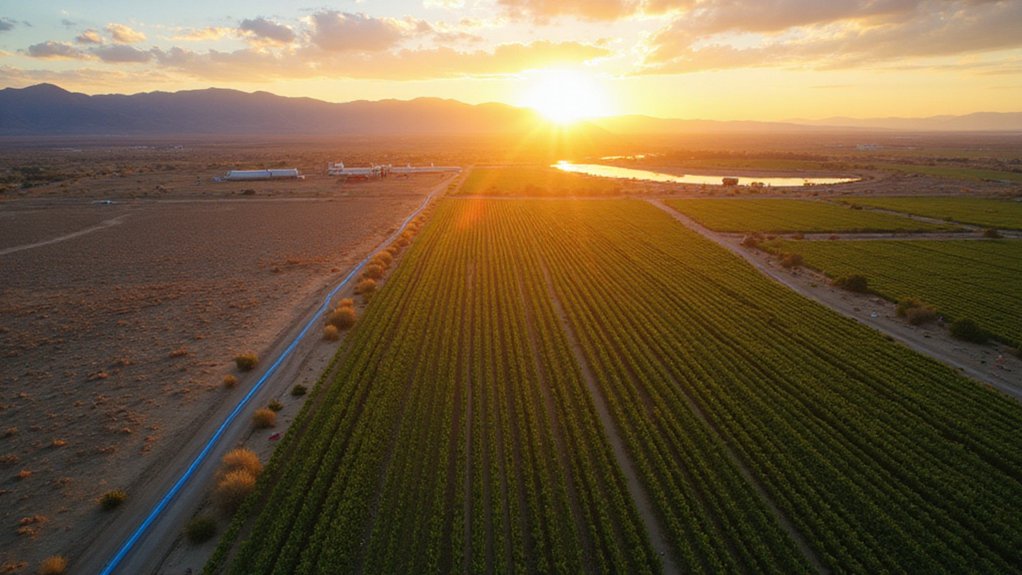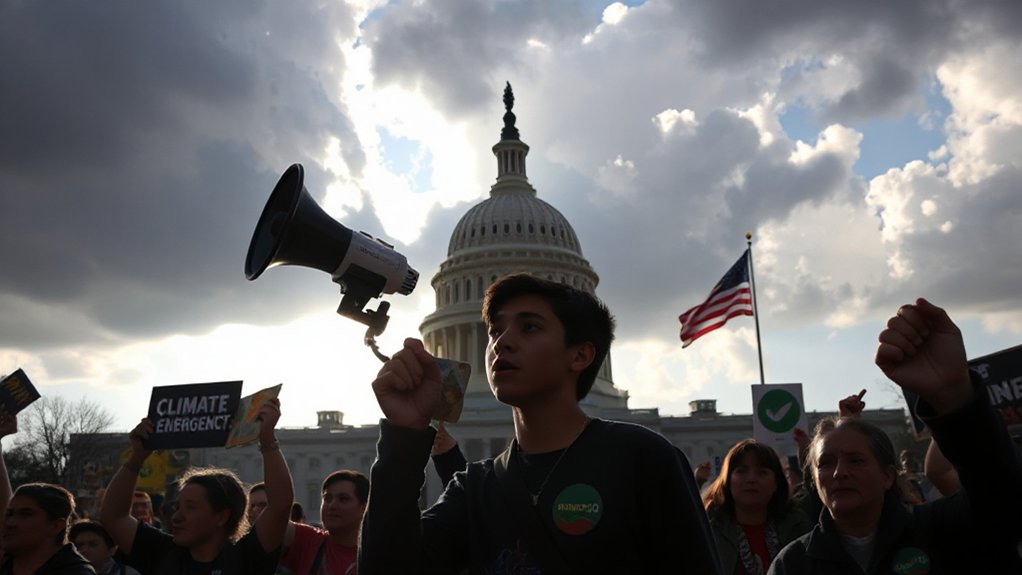When the rain stops falling and temperatures keep climbing, entire regions can transform from green to brown in a matter of months. That’s drought for you—nature’s way of reminding humans they’re not actually in charge. Scientists classify these water shortages into neat categories: meteorological, agricultural, hydrologic, and socioeconomic. They even score drought risk from 0 to 5, as if putting a number on misery makes it more manageable.
Here’s the kicker: drought isn’t just about rain anymore. The atmosphere itself has developed an unquenchable thirst. Climate change cranked up global temperatures, and now the air sucks moisture from soil and plants like a cosmic vacuum cleaner. Even when rainfall stays normal, this “evaporative demand” turns regular dry spells into full-blown disasters.
The Standardized Precipitation Evapotranspiration Index, or SPEI, captures this brutal reality. Unlike old-school metrics that only tracked rainfall, SPEI factors in how much water the atmosphere steals back. It’s more sensitive to climate-driven drought, which explains why places that used to be fine are suddenly parched. Countries with the highest drought risk scores, like Somalia and Zimbabwe at 4.72, demonstrate how socioeconomic vulnerabilities compound climate pressures.
SPEI tracks both missing rain and the
February global temperature data tells the story: Australia hit its second warmest on record, South America third, Asia eighth. Warm air holds more moisture, demanding more water from everything it touches. The result? Expanding drought zones across every continent, not just traditional desert regions. Major Southwest reservoirs approaching historic lows illustrate how this atmospheric thirst accelerates water scarcity at a regional level.
The damage spreads like wildfire—literally. Dry soil can’t support crops, so food prices spike. Livestock drop dead from thirst. Lakes shrink into puddles. Ecosystems fragment, species vanish, and yes, actual wildfires rage through bone-dry forests. Biodiversity takes a nosedive while farmers watch their livelihoods wither. A new study published in Nature reveals that continued global warming will intensify these impacts through surging evaporative demand, creating longer-lasting drought conditions that threaten agricultural productivity and ecosystem resilience worldwide.
Traditional drought maps on sites like drought.gov show the hotspots, but they can’t capture the full picture. This isn’t your grandfather’s drought anymore. It’s drought on steroids, fueled by an atmosphere that wants more water than Earth can provide. The warming trends and drought severity march in lockstep, decade after decade, while humans scramble to adapt to a thirstier planet.
References
- https://www.ncei.noaa.gov/access/monitoring/monthly-report/global-drought/202502
- https://www.ncei.noaa.gov/access/monitoring/monthly-report/global-drought
- https://worldpopulationreview.com/country-rankings/droughts-by-country
- https://www.drought.gov/international
- https://bioengineer.org/warming-intensifies-global-drought-severity/
